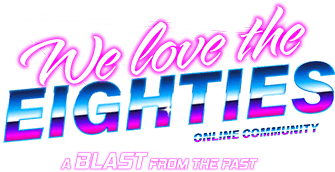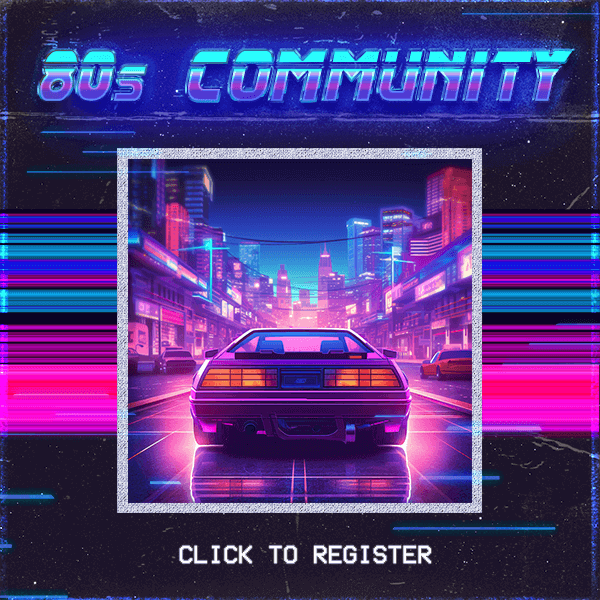The early 1980s is considered a golden era for zombie films, offering some of the most iconic and unforgettable entries in the horror genre. Building on the foundation laid by George A. Romero in the late 1960s and 70s, early 80s zombie movies pushed boundaries, experimenting with graphic effects, surreal storytelling, and even social satire. The result? A genre that not only terrified audiences but also captivated them with bold cinematic risks.
These films were more than just blood and guts; they reflected societal fears, explored morality, and introduced a new wave of creativity that transformed horror cinema. This article delves into the defining features of early 80s zombie movies, key titles that defined the era, and their lasting influence on pop culture.
The Evolution of Zombie Films in the Early 80s
Building on Romero’s Legacy
George A. Romero’s Night of the Living Dead (1968) introduced the concept of the modern zombie: slow-moving, flesh-eating, and unstoppable. With Dawn of the Dead (1978), Romero layered in sharp social commentary about consumerism, inspiring filmmakers to reimagine what zombie movies could accomplish.
By the early 1980s, directors across the globe, particularly in Italy embraced Romero’s vision while giving it their own flair. With advancements in practical effects and growing audience demand for more graphic horror, the zombie genre became a sandbox for filmmakers to experiment with violence, surrealism, and even humor.
A Turning Point in Special Effects
One of the most defining traits of early 80s zombie movies was their reliance on practical effects. Artists like Tom Savini and Gianetto De Rossi became pioneers in gore effects, creating scenes of decay and mutilation that were shockingly realistic for the time. These effects gave the undead a hauntingly grotesque presence, solidifying their status as terrifying monsters.
Key Traits of Early 80s Zombie Movies
Zombie films in the early 80s offered unique elements that set them apart from other eras of horror cinema:
- A Surge in Gore and Shock Value: Directors in the early 80s embraced the blood-soaked possibilities of the zombie genre. Films like The Beyond (1981) and Zombie Flesh Eaters (also known as Zombi 2) pushed the envelope with detailed dismemberment and decayed, maggot-ridden zombies. The explicit violence was not just for shock—it was an artistic choice that defined the horror aesthetic of the era.
- The Influence of Italian Cinema: Italian directors, particularly Lucio Fulci, were instrumental in elevating zombie films during the early 80s. Fulci’s works (City of the Living Dead, The Beyond) infused zombie movies with surreal, nightmarish visuals and haunting soundtracks. These films prioritized atmosphere and mood, often sacrificing linear storytelling in favor of a dream-like experience.
- Atmospheric Soundtracks: Music played a crucial role in early 80s zombie films, amplifying the sense of dread. Composers like Fabio Frizzi and Goblin (known for their work with Dario Argento) created eerie, synth-heavy scores that heightened the films’ otherworldly tension.
- Thematic Depth: While many films delivered blood and carnage, others layered in deeper messages. Themes of environmental destruction (Night of the Zombies), government corruption, and societal breakdown ran through many early 80s zombie movies, giving audiences more to ponder than just the fear of flesh-eating ghouls.
Must-Watch Early 80s Zombie Movies
Here are some of the most influential and memorable zombie films of the early 1980s:
1. City of the Living Dead (1980)
Directed by Lucio Fulci, this Italian horror classic weaves supernatural elements into its zombie narrative. When a priest’s suicide in a cemetery unleashes an apocalyptic chain of events, the gates of hell open, releasing zombies on a small town. Known for its unnerving atmosphere and shocking gore (like the infamous drill-through-the-head scene), City of the Living Dead is a must-see for fans of atmospheric, surreal horror.
2. The Beyond (1981)
Fulci strikes again with this masterpiece of surreal horror. Set in a cursed Louisiana hotel, The Beyond explores the idea of hell spilling over into the real world. The film’s disjointed narrative is made up for by its haunting visuals, extreme gore, and Fabio Frizzi’s spine-tingling score.
3. Zombie Holocaust aka Doctor Butcher (1980)
This cult favorite, also known as Doctor Butcher M.D., blends the zombie genre with cannibal exploitation. A team of researchers investigates bizarre occurrences on a remote island, uncovering grotesque experiments that turn the dead into monsters. It’s a schlocky, over-the-top mix of absurdity and gore that’s quintessential 80s horror.
4. Night of the Zombies (1981)
Also released as Hell of the Living Dead, this low-budget zombie film brings environmental catastrophe into the genre. A chemical leak from a lab results in hordes of flesh-eating zombies. While lacking polish, it delivers relentless action and campy entertainment that’s become synonymous with 80s zombie horror.
5. Dead & Buried (1981)
Though not a traditional zombie film, Dead & Buried stands out for its eerie take on resurrection. Set in a small coastal town, it follows a sheriff uncovering a series of murders tied to reanimated corpses. The film’s mystery-driven plot and disturbing visuals make it one of the most underrated gems of early 80s horror.
6. Creepshow (1982)
A collaboration between George A. Romero and Stephen King, Creepshow is an anthology film featuring a zombie segment titled “Father’s Day.” This campy but chilling tale blends dark humor and revenge, delivering unforgettable imagery of the undead rising from the grave.
The Cultural Impact of Early 80s Zombie Movies
A New Era of Horror Aesthetics
Early 80s zombie films paved the way for the gritty, visceral aesthetic that came to define much of horror cinema in subsequent decades. Their use of practical effects, combined with haunting soundtracks, created a visual and auditory style that still influences filmmakers today.
Expanding the Genre
The early 80s saw zombie films breaking free of strict horror conventions. By incorporating elements of comedy, action, and even mystery (Dead & Buried), the genre became more flexible and appealing to a wider audience. This evolution laid the groundwork for later successes, such as Shaun of the Dead (2004) and Train to Busan (2016).
Enduring Pop Culture Phenomenon
Zombie films of the early 80s directly influenced the wave of zombie-themed video games, music, and TV shows that emerged in the decades that followed. Michael Jackson’s iconic “Thriller” music video (1983), for example, owes much of its style to the exaggerated gore and choreography seen in zombie films of this era.
Closing Thoughts
The early 80s were a golden era for zombie movies, blending innovation, artistry, and shock to redefine the horror genre. From the surreal, gory brilliance of Lucio Fulci to the campy charm of low-budget cult classics, these films remain cornerstones of undead cinema. Their influence is still felt in modern media, proving that the early 80s wasn’t just a fleeting moment in horror history—it was the start of something timeless.
Now it’s your turn! What’s your favorite early 80s zombie movie? Do you think they’re scarier or more creative than today’s zombie films? Let us know in the comments below!











